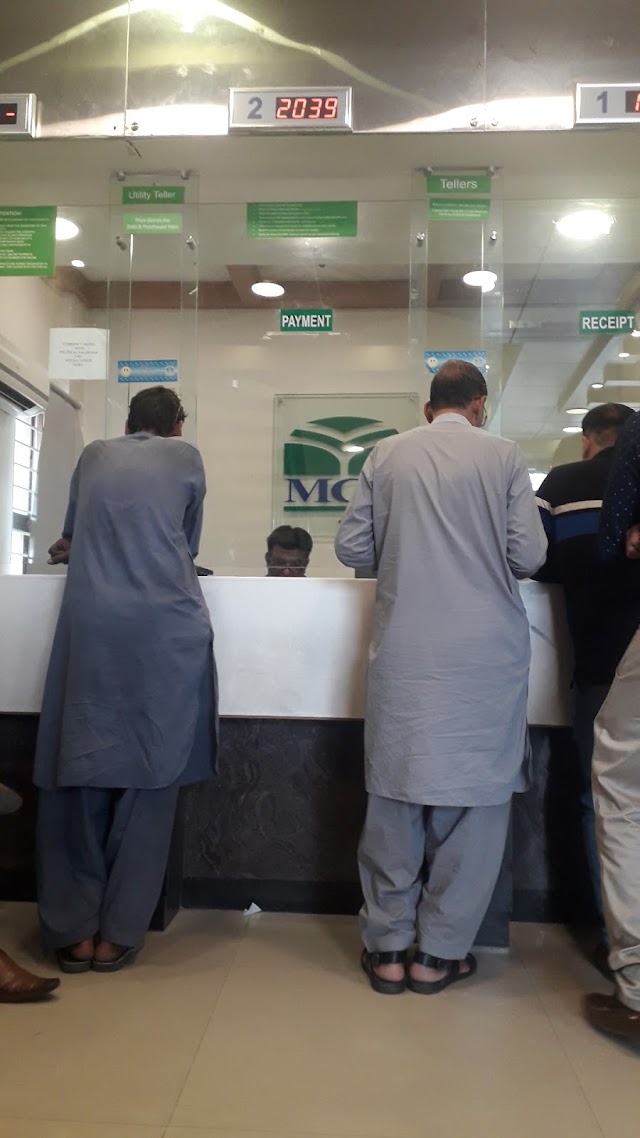
Asshh Qureshi
I was able to use my uk bank card to get some money
syed muhammad ali
It is a good place.
Amir Siddique
We KUMMAS CORPORATION hereby would like to mention misbehavior and ignorance of Cashier Saad posted in MCB Shahabpura Road Branch, Sialkot. Mr. Saad misbehaved with one of our company Partners today while cheque encashment.
arslan mahmood
Customer service good
Junaid Iqbal
Mosques had been built in Iraq and North Africa by the end of the 7th century, as Islam spread outside the Arabian Peninsula with early caliphates. The Imam Husayn Shrine in Karbala is reportedly one of the oldest mosques in Iraq, although its present form – typical of Persian architecture – only goes back to the 11th century.[citation needed] The shrine, while still operating as a mosque, remains one of the holiest sites for Shia Muslims, as it honors the death of the third Shia imam, and Prophet Muhammad's grandson, Hussein ibn Ali. The Mosque of Amr ibn al-As was reportedly the first mosque in Egypt, serving as a religious and social center for Fustat (present-day Cairo) during its prime. Like the Imam Husayn Shrine, though, nothing of its original structure remains. With the later Shia Fatimid Caliphate, mosques throughout Egypt evolved to include schools (known as madrasas), hospitals, and tombs. The Great Mosque of Kairouan in present-day Tunisia was reportedly the first mosque built in northwest Africa, with its present form (dating from the 9th century) serving as a model for other Islamic places of worship in the Maghreb. It was the first to incorporate a square minaret (as opposed to the more common circular minaret) and includes naves akin to a basilica. Those features can also be found in Andalusian mosques, including the Grand Mosque of Cordoba, as they tended to reflect the architecture of the Moors instead of their Visigoth predecessors. Still, some elements of Visigothic architecture, like horseshoe arches, were infused into the mosque architecture of Spain and the Maghreb. The first mosque in East Asia was reportedly established in the 8th century in Xi'an. However, the Great Mosque of Xi'an, whose current building dates from the 18th century, does not replicate the features often associated with mosques elsewhere. Indeed, minarets were initially prohibited by the state. Following traditional Chinese architecture, the Great Mosque of Xi'an, like many other mosques in eastern China, resembles a pagoda, with a green roof instead of the yellow roof common on imperial structures in China. Mosques in western China were more likely to incorporate elements, like domes and minarets, traditionally seen in mosques elsewhere.





All information provided on this website is courtesy of MCB Bank. The data presented for
all items are subject to change and should be verified with MCB Bank directly. Our website is not responsible
for the accuracy of the information.